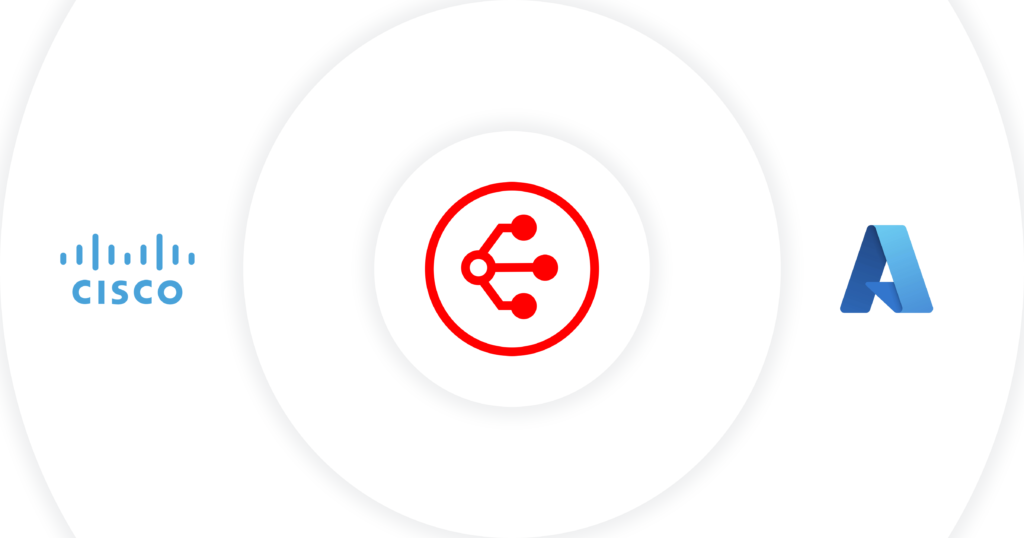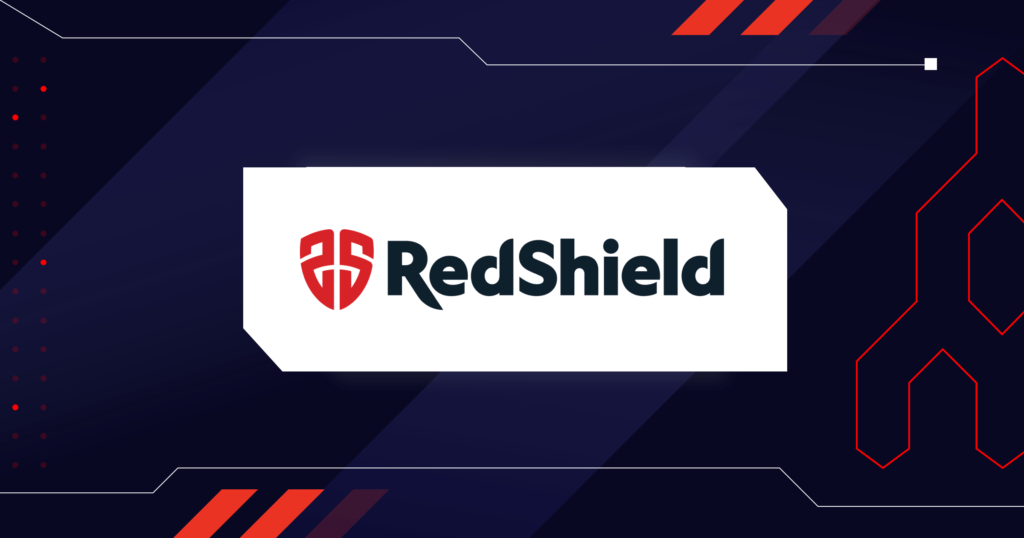
3 Ways to Get a More Cost-Effective Network
- Networking
- April 6, 2022
By Henry Wagner, Chief Marketing Officer
Cost resilience is essential to prevent your cloud costs spiraling out of control. Here’s how to achieve it.
If left unchecked, public cloud costs can accumulate quickly and throw business budgets off course. A recent Gartner survey¹ found that 77 percent of enterprises have been “surprised” by incidents in which costs suddenly spiked; and in one third of respondents, surges went undetected for days, incurring costs of $100K and driving up cloud budgets by 10 percent or more.
For companies concerned about cloud costs, Network as a Service (NaaS) is a great place to start for a few reasons:
- NaaS reduces capex and opex by eliminating the need to provision or maintain physical infrastructure.
- Because NaaS is on-demand, companies only pay for what they use.
- High redundancy reduces downtime, which can be costly to a business. By virtualizing networking infrastructure with NaaS, companies can reduce build and maintenance costs, especially over time as they expand their network.
To help you develop or refine your own cost strategy, here are three techniques for using NaaS to prevent spiraling cloud costs and improve the overall cost resilience of your network.
Map your cost vulnerabilities
The first step in addressing cloud costs is to organize your expenditures. Some organizations go by business unit; others go by project or application. Whichever path you choose, the objective should be the same: to create an inventory that reflects the priorities of your business.
As with disaster recovery programs and other forms of IT resilience, organizations need to understand that not all costs are equal. They are often relative to the business and need to be classified by likelihood and impact.
Since the most essential areas of the business should be protected first, Infrastructure & Operations (I&O) leaders classify cloud spending into zones that require individual response strategies:
- “Optimization zone” – cost problems that are likely to occur, but have a low business impact.
- “Vigilance zone” – cost problems with high business impact, but a low likelihood of occurrence.
- “Combat zone” – cost problems with high likelihood and high impact (and where businesses should put the bulk of their resources).
Create alerts around your vulnerabilities
Companies need to know when costs are exceeding certain limits. Surges are inevitable, but it is recommended that companies create an alert structure that reflects the cost vulnerabilities of the business.
To keep everything as simple as possible, event-triggering rules can help you spot when cloud usage patterns are trending away from budget policies, before significant mistakes occur. We also suggest utilizing analytics that show whether the latest developments are an anomaly or part of a trend, so you can determine whether it’s a long-term issue you need to address.
As with cost vulnerabilities, the final strategy will come down to your organization’s preference, but in general, creating cost alerts should go something like:
- Create an automated cost alert based on forecast usage.
- Create automated responses to the cost alert.
- Make sure the alert is integrated through your organization’s event escalation tools.
To avoid “alert fatigue,” organizations should only escalate issues that exceed the incident thresholds agreed to with business stakeholders. Other less serious issues can be logged, reported, and addressed through a regular monthly or quarterly cost assessment. As always, organizations partnered with a cloud Managed Service Provider (MSP) should ensure that the MSP’s support escalation procedures are followed.
Build a cost alert response plan
Cost alerts not dismissed as a “false positive” should be treated with the seriousness of a security event. Damage should be dated, and ongoing impact assessed, followed by restoring protection and applying “forensics” to uncover underlying causes.
Cost resilience means not only that you have created a cost inventory and a system of alerts, but that once a valid and significant event occurs, your organization is prepared to respond with the right plan. This plan should be simple, prescriptive, focused on realistic scenarios, tested, and maintained.
Specific procedures include:
A cost incident response team including IT engineers and “business first responders.” Business first responders are there to decide what business interventions are appropriate to help contain costs.
Depending on the severity of the incident, the response team may need to modify, reduce, suspend, or terminate financially damaging cloud activities. To do so, the team may require access to affected cloud accounts.
Once access is granted, the incident response team must determine an alternative approach that enables business activity in the cloud to continue at an acceptable cost. The incident response team partners with development teams or application owners to implement.
Next steps toward cost resilience for your network
Cost management can be challenging if your organization lacks a proper plan. I&O leaders can get ahead of incidents through an inventory of cost vulnerabilities, careful monitoring of cloud spend, and the implementation of recovery procedures in the event of a cost emergency.
While the techniques here can help you maintain control over your network costs, they work best when paired with the cost-saving efficiencies of NaaS – and key to this process is selecting the right NaaS partner.
Megaport’s capabilities can help any company looking for benchmarks, with capabilities including:
- Almost 800 locations around the globe
- Partnerships with the top cloud service providers, including AWS, Microsoft Azure, and Google Cloud
- Strategic relationships with many of the world’s largest data center operators, systems integrators, and managed service providers
- More than 2,000 circuits globally that detect, on average, seven redundancy infrastructure events each month.
- Scalability as well as high availability, with our pay-as-you-go billing model.
Users can turn up connections in seconds with our “point, click, connect” setup, and pay only for bandwidth consumed, thereby always controlling and maximizing spend as cost resilience becomes a natural and expected feature of your business.
¹ Gartner®, 3 Techniques for Building Cost Resilience Into Your Cloud, By David Wright, 9 December 2021.
GARTNER is a registered trademark and service mark of Gartner, Inc. and/or its affiliates in the U.S. and internationally, and is used herein with permission. All rights reserved.


